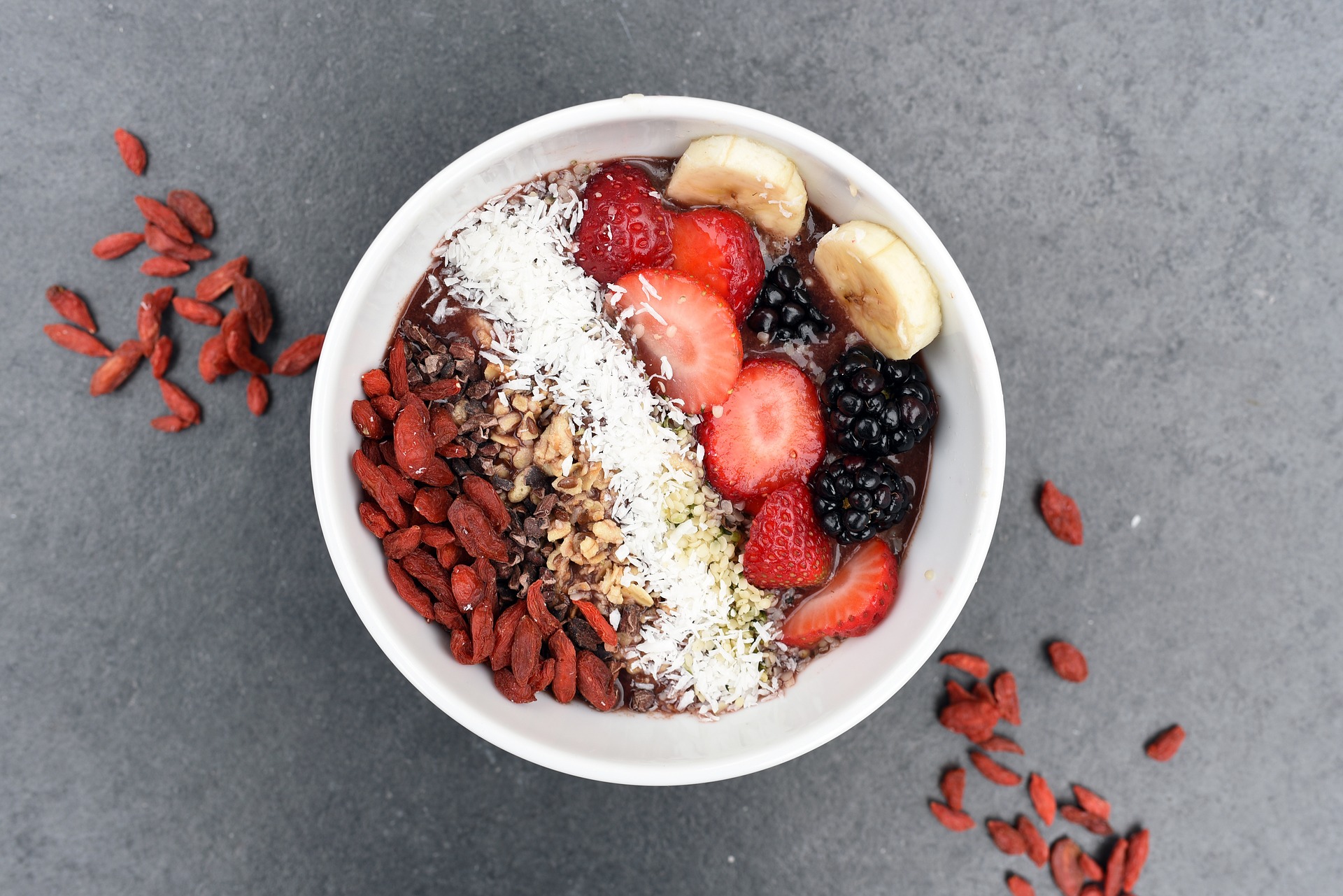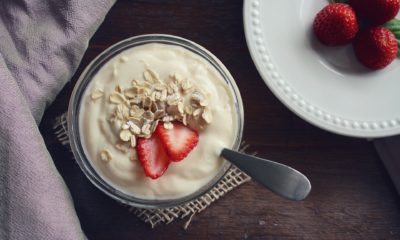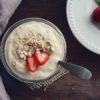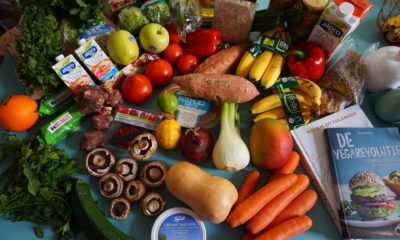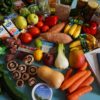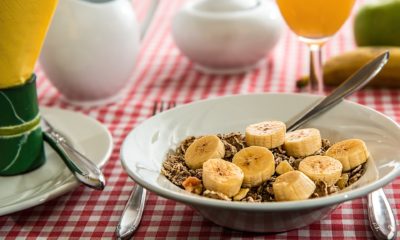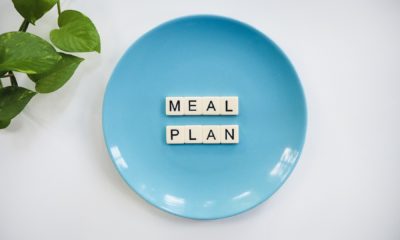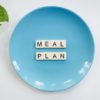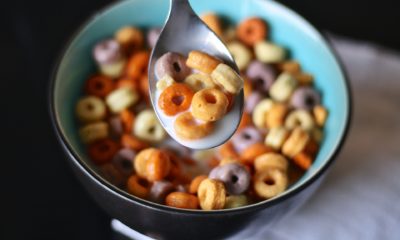NUTRITION
Eat Healthy, Stay Healthy: A Mini Guide!
Healthy eating does not mean that you have to follow a strict diet nor does staying healthy means that you should become unreasonably thin and abandon all the food that you love. In fact staying healthy means that you should feel energized, fresh and happy.
Healthy eating habits stabilize your mood and enhance your wellbeing. Healthy food addresses your body requirements and allows you to keep pace with your energy levels at work and home.
Nowadays every channel is promoting its own nutritionist whose diet plans contradicts with the diet plan suggested by other nutritionists. All the conflicting advice from different nutritionist makes you doubt their diet plans.
So, if you don’t want to trust the nutritionists and their diet plans, then this article would act as a mini guide to help you with some practical tips to adopt a balanced diet for healthy living.
What does a healthy diet means?
A healthy diet means a balanced diet; it is a diet in which you can eat different kinds of food to get the required nutrients and maintain a healthy weight.
So what does a balanced diet looks like?
Well, balanced diet is a diet consisting of a variety of different types of food and providing adequate amounts of the nutrients necessary for good health. These nutrients include protein, carbohydrates, fat, water, vitamins, and minerals.
The different groups of food that you must include in your diet are enlisted as follows:
1. Fruits and Vegetables
Eat varieties of fresh fruit and vegetables as they detoxify your body of the harmful waste and protect you from the most feared illnesses such as cancer and heart diseases. Try to include at least five portions of fruits and vegetables to your daily diet.
2. Protein Food (eggs, poultry, meat, fish, lentils, beans, and nuts)
Eat a portion of your favorite protein food in your lunch and dinner. Proteins act as building blocks for bones, muscles, cartilage, skin, and blood thereby, playing a vital role n growth and repair of your body.
3. Fatty Foods
Calculate the amount of fat in your daily diet and refrain yourself from eating fatty and saturated food such as biscuits, cakes, chips, etc. Saturated fats are linked to high levels of cholesterol which can increase the risk of heart attack and stroke.
High Cholesterol Levels? Eat these 12 Superfoods to Lower Your Cholesterol Levels.
4. Bread and other Cereals
Bread, rice, breakfast cereal, and pasta contain starch as the energy source. You can include a small portion of them with your meals, but it is better to replace them with whole grains such as brown rice and whole wheat as they are rich in fiber and vitamin B and help prevent constipation.
5. Dairy Foods
Dairy foods are a rich source of calcium that is essential to keep your bones strong. Have at least three servings a day, but if you are looking forward to cutting down those extra five pounds, then it’s recommendable that you go for skimmed milk, low-fat cheese, and yogurt.
How to maintain a healthy weight?
The second question that arises is that how to maintain a healthy weight?
Well, in order to stay healthy you need to find what the healthy weight for your body is by calculating your BMI. If it lies below the expected limit, then you should improve your diet to gain some extra pounds, and if it lies above the expected range, then you should control your diet and exercise daily to cut off those extra pounds.
Try to lose weight steadily, for example, aim at cutting down 1-2 lb a week instead of going for an intense workout or crash dieting. Exercising while wearing ankle weights is a great way to lose fat and tone your lower body.




